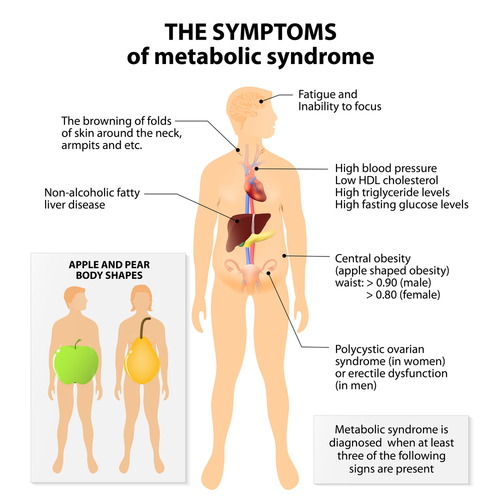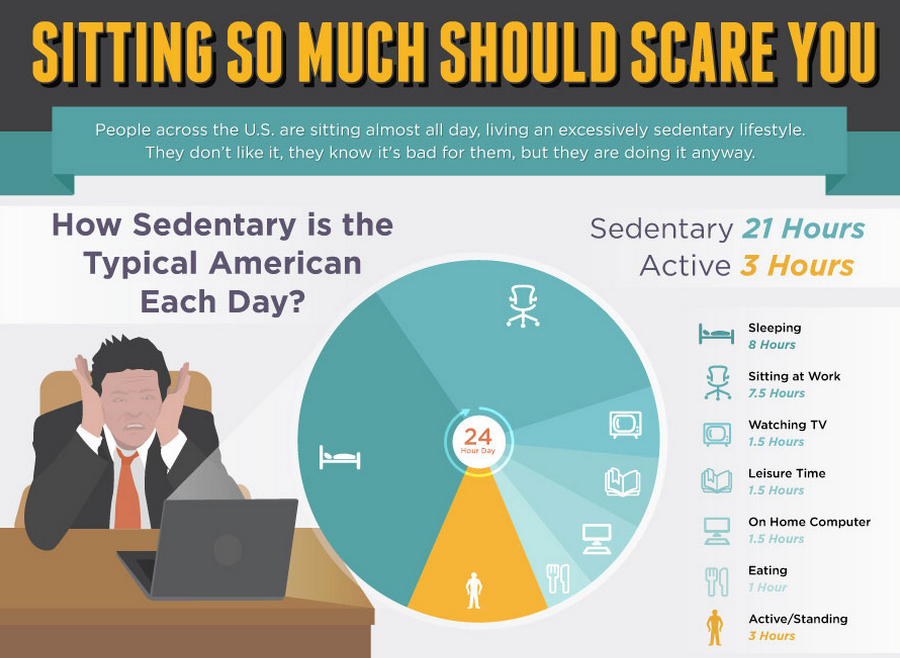
Giant spiders, flying bats, mummies, and witches; as a kid I celebrated Halloween with the comforting knowledge that there were no monsters hiding under my bed. Unfortunately, with adulthood came the awareness that real-life horrors do exist. In fact, our own behaviors can lead to some pretty gruesome, if not life-threatening, conditions.
Non-Communicable, Life-style diseases
Throughout human history Infectious diseases have been the major cause of non-accidental mortality. For example, the Black Death, which swept across whole continents in the 14th century, resulted in an estimated 75 to 200 million fatalities.
Fast forward seven hundred years. These days non-communicable, lifestyle-related diseases are the leading cause of death globally. Every year, at least 5 million people die because of tobacco use and about 2.8 million die from being overweight. High cholesterol accounts for roughly 2.6 million deaths and 7.5 million die because of high blood pressure.
Some point out that lifestyle diseases are the unintended consequence of a longer lifespan, but with children as young as three years being diagnosed with Type 2 diabetes, it’s clear that something else is going on: industrialization.
As societies modernize, their populations fall prey to a litany of maladies: Alzheimer’s disease, arthritis, atherosclerosis, asthma, cancer, chronic liver disease or cirrhosis, chronic obstructive pulmonary disease, Type 2 diabetes, heart disease, metabolic syndrome, chronic renal failure, osteoporosis, stroke, depression and obesity . What do they have in common? The answer is physical inactivity and sedentary behavior.
Of the diseases mentioned, let’s examine the one which is possibly the hardest to disguise since it has been correlated to body type. Your risk for metabolic syndrome is greater if you have the “apple” or “pear” body shape, as seen below.
Metabolic (met-ah-BOL-ik) syndrome is the name for a group of risk factors for heart disease and other conditions, such as diabetes and stroke.
The term “metabolic” refers to the biochemical processes involved in the body’s normal functioning. Risk factors are traits, conditions, or habits that increase your chance of developing a disease.
The National Heart, Lung and Blood Institute of the NIH reports that the risk of having metabolic syndrome is closely linked to overweight and obesity and a lack of physical activity.
If you feel that you share the symptoms of metabolic syndrome listed above, see your health care professional. And remember, it’s okay to dress like an apple or pear on Halloween, but if your shape remains that way after you take after your costume, you could be making your own real-life horror story!
Happy Halloween, folks.
For more information about the risks associated with sedentary behavior, check out JustStand.org.




